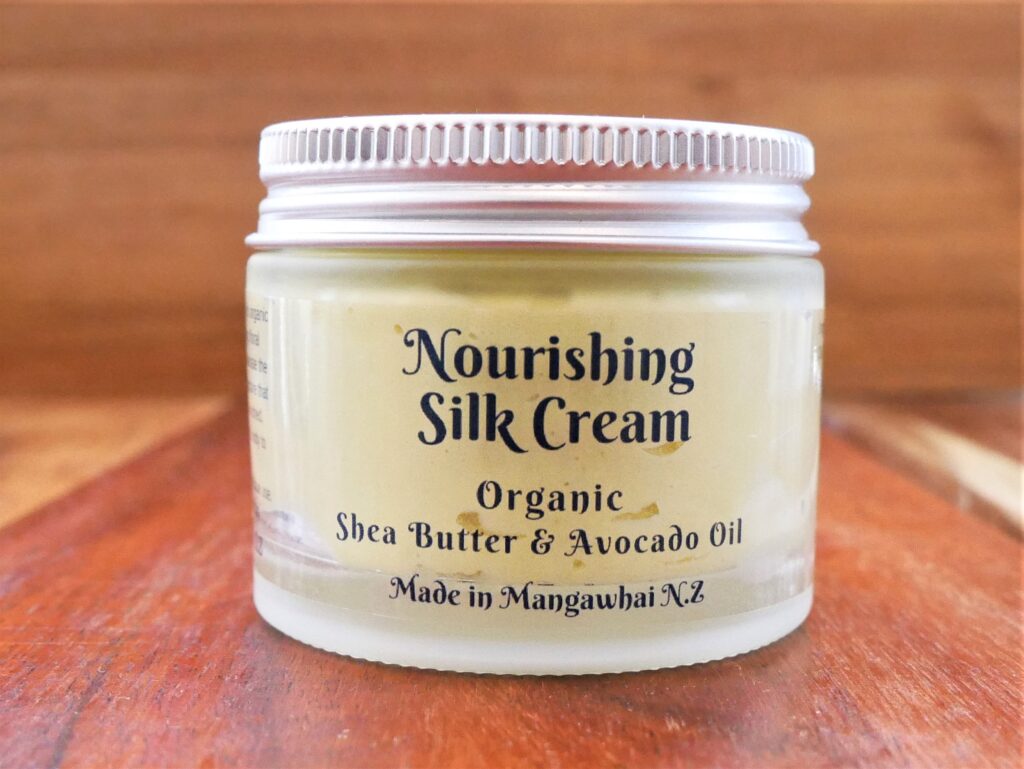The Wonderful World of Shea Butter: Benefits, Origins, and Skin Health
Shea butter has been a treasured ingredient in skincare for centuries, and for good reason. Packed with nutrients, this luxurious, creamy butter nourishes the skin and helps maintain a healthy, radiant glow.

Where Does Shea Butter Come From?
Shea butter originates from the nuts of the Vitellaria paradoxa tree, native to West Africa. These trees are often referred to as “karité” or “shea” trees and are found in countries like Ghana, Burkina Faso, and Nigeria. Harvesting shea butter is a long-held tradition passed down through generations in many African communities. Women typically handle the collection and processing of shea nuts, making it a crucial part of their economy.
The nuts are first cracked open, roasted, and ground to produce a thick paste. This paste is then boiled to extract the rich shea butter, which rises to the top and solidifies as it cools. Unrefined shea butter has a distinct nutty aroma and a slightly yellowish colour.
The Process of Deodorizing Shea Butter
Raw, unrefined shea butter retains its natural scent and colour, but many prefer a deodorized version for skincare and beauty purposes. Deodorizing shea butter involves removing the strong nutty aroma while maintaining its beneficial properties. This is typically done by passing steam through the butter to neutralize the odour.
Ocean Gypsy Shea Butter is sourced from Burkina Faso in Africa, it is then processed in France. We use organic shea butter in our Ocean Gypsy Products such as our Silk Cream, Nourishing Balm and Natural Deodorants. Learn more about shea butter production in Burkina Faso below.
Nutritional Powerhouse for Your Skin
Shea butter is rich in vitamins, fatty acids, and healing compounds that make it a true multitasker for skin health. Here’s a breakdown of the nutrients that make shea butter so powerful:
- Vitamins A and E: These are potent antioxidants that help protect the skin from free radical damage, which can lead to premature ageing. Vitamin A is also known for promoting skin cell regeneration and helping to reduce fine lines and wrinkles.
- Essential Fatty Acids: Shea butter contains high levels of oleic, stearic, and linoleic acids, which deeply moisturize the skin and improve its elasticity. These fatty acids also help in forming a protective barrier on the skin, sealing in moisture and preventing dryness.
- Cinnamic Acid: This compound provides mild anti-inflammatory properties, making shea butter an excellent choice for soothing irritated or inflamed skin. It’s particularly helpful for conditions like eczema or dermatitis.
- Phytosterols: These plant-based compounds help stimulate collagen production, which is essential for maintaining skin firmness and elasticity.
Who Can Benefit from Shea Butter?
One of the standout qualities of shea butter is its versatility—it works wonders for all skin types!
- Dry Skin: Shea butter is a natural emollient that locks in moisture and nourishes deeply. It’s perfect for those who struggle with dry, flaky, or cracked skin. Apply it to your face, hands, or even rough patches like elbows and knees for long-lasting hydration.
- Sensitive Skin: Because shea butter is so gentle and naturally soothing, it’s ideal for sensitive skin types. It’s non-irritating and free from chemicals or artificial additives (especially in its raw form), making it suitable for people prone to allergies, rashes, or sensitivity to other skincare products.
- Aging Skin: Thanks to its high antioxidant content, shea butter helps to reduce the appearance of fine lines and wrinkles. It supports skin elasticity and aids in collagen production, helping to keep skin looking youthful and supple.
- Acne-Prone Skin: Surprisingly, shea butter is non-comedogenic, meaning it won’t clog your pores. Its anti-inflammatory properties can also help to calm redness and irritation associated with acne or blemishes, while still providing essential moisture.
- Eczema and Psoriasis: For those suffering from chronic skin conditions like eczema or psoriasis, shea butter’s soothing and anti-inflammatory properties can help alleviate itching, dryness, and irritation. Regular application can provide much-needed relief from flare-ups.
How to Use Shea Butter
Shea butter can be used in various ways, whether alone or blended into other skincare products. Here are a few popular uses:
- Moisturizer: Apply a small amount of shea butter to your face or body after showering to lock in moisture.
- Lip Balm: Use a tiny dab to keep your lips soft and hydrated.
- Hand Cream: Rub Ocean Gypsy Nourishing Balm or Silk Cream on dry or cracked hands, especially during colder months.
- Hair Care: Shea butter can be used as a nourishing hair mask to hydrate dry, brittle hair and add shine.
Conclusion: Shea Butter for Glowing Skin
Shea butter is truly a gift from nature, offering a wide array of benefits for every skin type. Whether you need intense moisture, relief from sensitive skin, or anti-ageing support, this versatile ingredient has you covered. Packed with vitamins, essential fatty acids, and anti-inflammatory compounds, it’s no wonder shea butter has been a trusted beauty secret for centuries.
Purchase your Ocean Gypsy Skincare Products here


